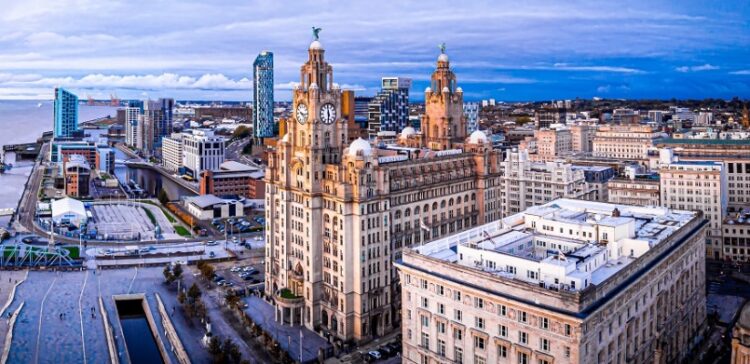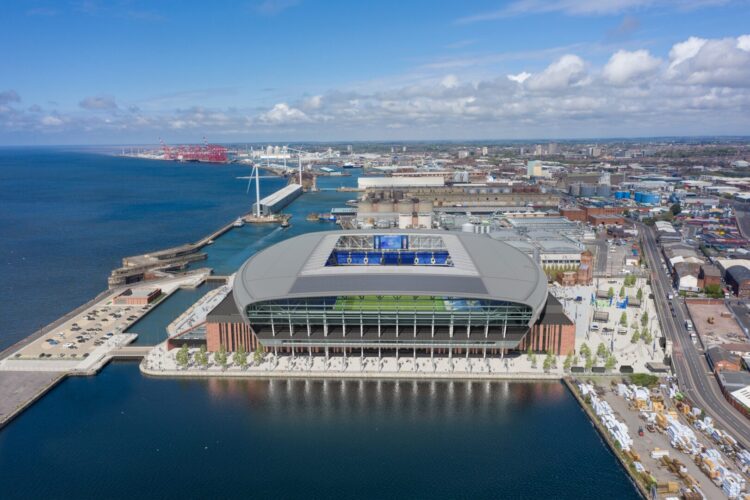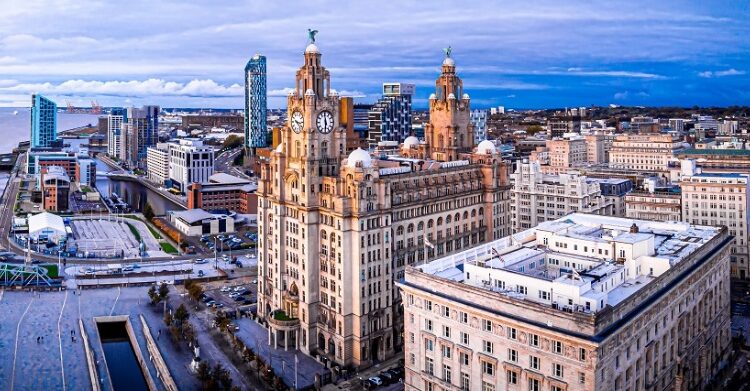UNESCO has been threatening to strip Liverpool of its World Heritage Status for more than a decade in a long-running stand-off over docklands development – and now it could finally happen. Tony McDonough reports

A longtime threat to strip Liverpool of its World Heritage Status (WHS) may be about to become a reality.
LBN understands that next Monday a new report will be published by UNESCO, the body that oversees World Heritage Sites, that is likely to recommend Liverpool loses the WHS badge due to continued development of the northern docklands.
Senior UNESCO officials are due to meet, for the first time since 2019, in China in late July and the removal of Liverpool’s WHS will be on the agenda. It is anticipated that this time the status may finally be taken away.
Liverpool City Council doesn’t deal with UNESCO directly. Communications are conducted through the Government’s Department for Media, Culture and Sport (DCMS). The city could make a last-ditch bid, via the DCMS, to persuade UNESCO not to remove the accolade.
UNESCO has been threatening to remove WHS from the city for more than a decade. It was triggered by Peel Land & Property’s £5bn Liverpool Waters scheme, which proposed a number of high-rise residential buildings in Princes Dock and along to Central Docks and North Docks.
Following several stand-offs between UNESCO and Liverpool City Council, both the local authority and Peel L&P agreed to modifications to Liverpool Waters to lessen the impact on the city’s world famous waterfront vista.
However, Everton FC’s proposal to build a £500m stadium at Bramley Moore Dock may prove to be the final straw. Despite being approved by the city council, and given the nod by Secretary of State for Local Government, Robert Jenrick, UNESCO has said the project is “completely unacceptable”.
Main sticking point of the plan is the proposed infilling of the Victorian Bramley Moore Dock, designed by Jesse Hartley and opened in 1848. Both Historic England, and the Victorian Society also objected because of this but both also conceded that the stadium plan offers considerable public benefit.
UNESCO’s comments on the stadium are contained in a council planning report that recommended approval for the development. It says the 52,888-capacity arena “would have a completely unacceptable major adverse impact on the authenticity, integrity and outstanding universal value of the WHS”.
Council officers conceded in their report that the stadium project would adversely affect heritage assets at the site but concluded these concerns were outweighed by the potential benefits, including the possible creation of 15,000 new jobs in the Liverpool city region and an annual £1.3bn boost to the local economy.
Everton FC itself is going to considerable lengths to maintain other heritage assets at the site. It plans to turn the derelict Victorian hydraulic tower, close to the 52,888-capacity arena, into a heritage centre and cafe.
It has applied for Listed Building Consent for the 138-year-old Grade II-listed tower and seeks permission for works to make the building weather-tight and structurally sound. This includes new openings to allow for a functional layout for the intended use of the building.
Everton says the tower will become part of the stadium’s Fan Plaza and house an exhibition or cultural centre celebrating Everton’s rich heritage, as well as that of the city’s docklands. A café area is also proposed as part of the renovation.



A source with links to the project and the wider Liverpool Waters scheme told LBN: “During the planning process for the stadium there was a healthy debate across the city region about the benefits of the development weighed against the heritage concerns.
“Planning consent was only granted following a rigorous planning process. Look at the millions Everton are spending on heritage assets – is it phenomenal. It should be held up as best practice for the preservation of a World Heritage Site.”
Liverpool Waters, a 60-acre site stretching from Princes Dock close to the city centre, through Central Docks and up to Northern Docks, is a 30-year plan to create a mix of homes, commercial and leisure space. It isn’t technically part of the World Heritage Site, but within a buffer zone.
However, UNESCO regards this distinction as semantic and seeks to preserve the integrity of the buffer zone with the same zeal as the principle WHS site, which covers much of the city centre and the waterfront and its Three Graces.
Formed in 1945 as a branch of the United Nations, UNESCO is not afraid to court controversy as the self-appointed guardian of the world’s cultural assets. In 1984, the US withdrew all co-operation with UNESCO citing the “highly politicised” nature of the organisation. It complained of a “hostility towards the basic institutions of a free society”.
UNESCO’s brief covers 1,121 World Heritage Sites – 869 cultural, 213 natural, and 39 mixed properties across 167 countries. And Liverpool is by no means the first location it has crossed swords with and threatened to withdraw the WHS badge. The historic Italian city of Venice, no less, has also found itself in the crosshairs.
In Liverpool, WHS is seen as a positive for the city although many question whether it really makes much difference either way to the growth of the city’s £3bn-plus visitor economy.
Although he tried to offer an olive branch more than once, previous Liverpool Mayor Joe Anderson became increasingly frustrated with what he perceived as the stubbornness of UNESCO’s stance and said Liverpool could not just be a museum piece.
Frank McKenna, chief executive of local private sector lobby group, Downtown in Business, has been one of UNESCO’s fiercest critics. He has frequently called on the city to tell UNESCO where to go and hand back the WHS badge.
Responding to the latest news, he told LBN: “I have said for some time that the city should hand back this useless vanity badge and so I am pleased about the prospect of UNESCO removing Liverpool from this list.
“I am confident that our city council will protect our wonderful heritage where appropriate, but this removes a number of barriers that block the development of Liverpool’s great buildings of the future. Even the most ardent of heritage activists have been left scratching their heads at the attitude of UNESCO towards Everton’s new stadium initiative.
“Protecting a wasteland, a disused dock, at the expense of an iconic project that will act as a catalyst for the regeneration of one of the most deprived areas of the city was the latest in a line of UNESCO interventions that confirmed to me that World Heritage Status is more trouble than it’s worth.”
LBN has approached Liverpool City Council for comment.

